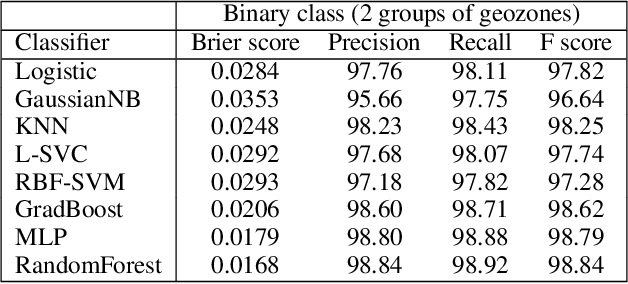Surface Warping Incorporating Machine Learning Assisted Domain Likelihood Estimation: A New Paradigm in Mine Geology Modelling and Automation
Paper and Code
Feb 15, 2021



This paper illustrates an application of machine learning (ML) within a complex system that performs grade estimation. In surface mining, assay measurements taken from production drilling often provide rich information that allows initially inaccurate surfaces created using sparse exploration data to be revised and subsequently improved. Recently, a Bayesian warping technique has been proposed to reshape modeled surfaces based on geochemical and spatial constraints imposed by newly acquired blasthole data. This paper focuses on incorporating machine learning in this warping framework to make the likelihood computation generalizable. The technique works by adjusting the position of vertices on the surface to maximize the integrity of modeled geological boundaries with respect to sparse geochemical observations. Its foundation is laid by a Bayesian derivation in which the geological domain likelihood given the chemistry, p(g|c), plays a similar role to p(y(c)|g). This observation allows a manually calibrated process centered around the latter to be automated since ML techniques may be used to estimate the former in a data-driven way. Machine learning performance is evaluated for gradient boosting, neural network, random forest and other classifiers in a binary and multi-class context using precision and recall rates. Once ML likelihood estimators are integrated in the surface warping framework, surface shaping performance is evaluated using unseen data by examining the categorical distribution of test samples located above and below the warped surface. Large-scale validation experiments are performed to assess the overall efficacy of ML assisted surface warping as a fully integrated component within an ore grade estimation system where the posterior mean is obtained via Gaussian Process inference with a Matern 3/2 kernel.
 Add to Chrome
Add to Chrome Add to Firefox
Add to Firefox Add to Edge
Add to Edge